Meta Quest 3 review: mixed reality's tipping point to major success?
A major upgrade over the Quest 2 that's worth the extra money
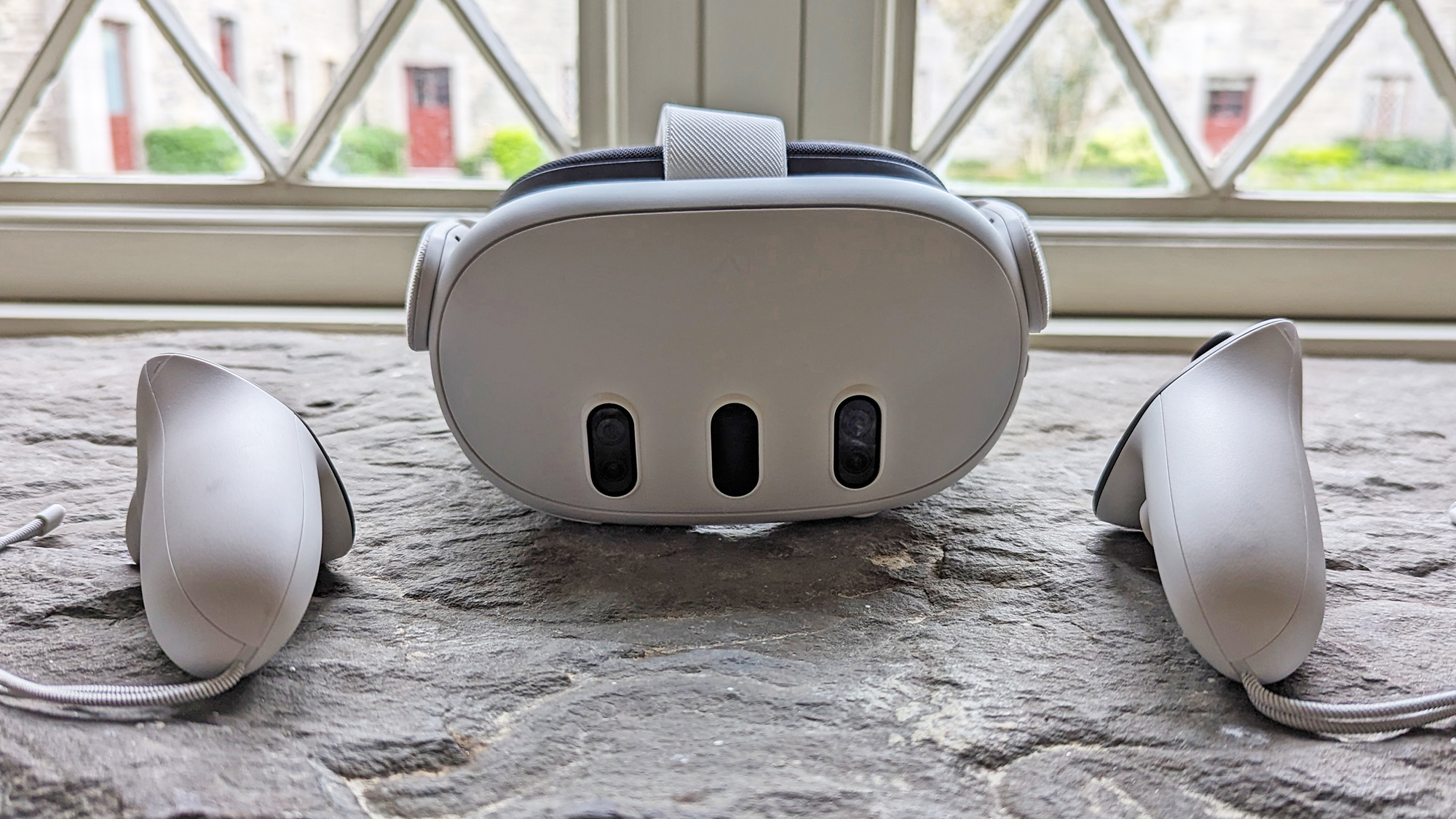
Whether you're upgrading from the Quest 2 or not, the Quest 3 brings superior virtual reality (VR) and mixed reality (MR) for a just-about-affordable price. We just hope the library of apps and games continues to grow and develop as the MR/VR hardware gets better and better.
-
+
Sharp, clear visuals and audio
-
+
Passthrough works well
-
+
A growing number of apps and games
-
-
Not enough mixed reality content... yet(?)
-
-
Controls can sometimes be confusing
-
-
Price has jumped up from the Quest 2
Why you can trust T3

The Meta Quest 3 is the latest and best virtual reality headset from Meta, following on directly from the Oculus Quest 2 and adding mixed reality (MR) at the same time – the ability to blend digital elements with the real world, and have them interact with your surroundings.
We've been testing and playing with the Meta Quest 3 for several days for this review, and can tell you everything you need to know about the headset: from the time you're going to get between battery charges, to the kinds of apps and games you can enjoy on the device.
Having transitioned Oculus over to Meta (after the former's acquisition), the Meta Quest 3 is a bold step that's often brilliant. The question, really, is whether this is the tipping point for virtual reality, that moment it can really connect with the masses, or whether there's just not enough practical use for it just yet?
Meta Quest 3: price & availability
The Meta Quest 3 is out now and available to buy direct from Meta: it'll cost you £479.99 / $499.99 for the headset with 128GB of storage, £619.99 / $649.99 for the 512GB version (as reviewed here, not that there are any other differences).
Check the widgets embedded in this page for the latest and best deals on the headset online – if you're in the UK you can find the Meta Quest 3 at retailers including John Lewis and Currys. Deals aren't likely to be available close to release, however, so if you're not sure yet then waiting for a bargain could be your best plan.
Meta Quest 3 review: design & setup
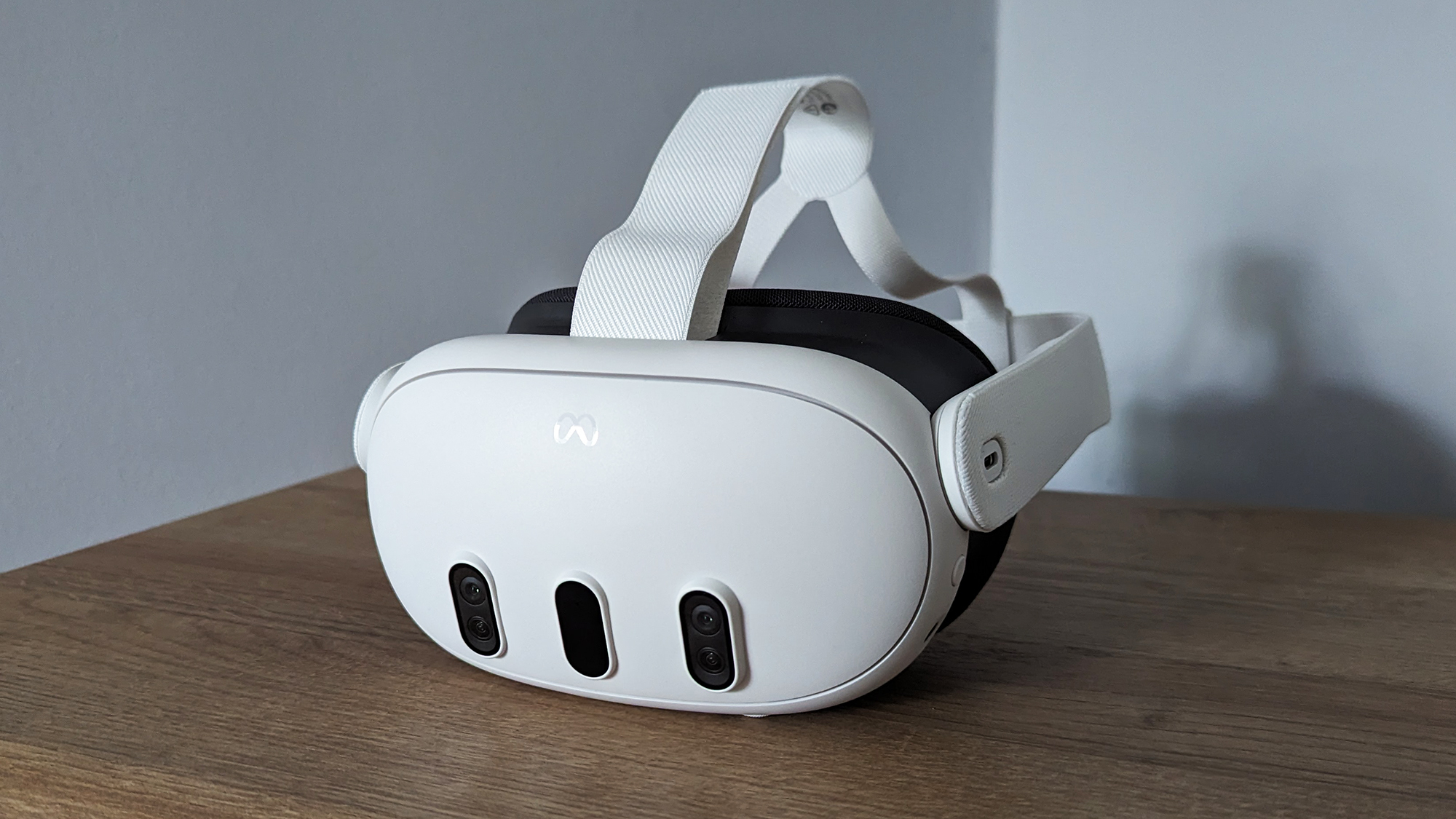
The Meta Quest 3 is some 40% slimmer than the Quest 2 that came before it, and that's really noticeable (I also reviewed the former): this new headset is very comfortable to wear, with easily adjustable straps across the top and around the back that mean you can get a comfortable fit with no trouble at all. If you wear glasses, these can be accommodated too.
Everything is nicely finished in plastic, fabric and foam, and along the front of the device there are controls for adjusting the volume and focus. You can plug in a USB-C cable for charging, and a 3.5mm headphone cable if you want (though the integrated speakers work just fine). There are also three pill-shaped cut-outs on the front, housing two cameras and other sensors.
Those rather clumsy tracking rings from the Quest 2 controllers are done away with on the two controllers bundled here – they feel a little on the cheap side but are comfortable to hold. It takes a little bit of time to get used to all the different buttons and gestures if you're a complete beginner (there are two triggers and six buttons in total), but even newbies will be up to speed in a couple of hours.
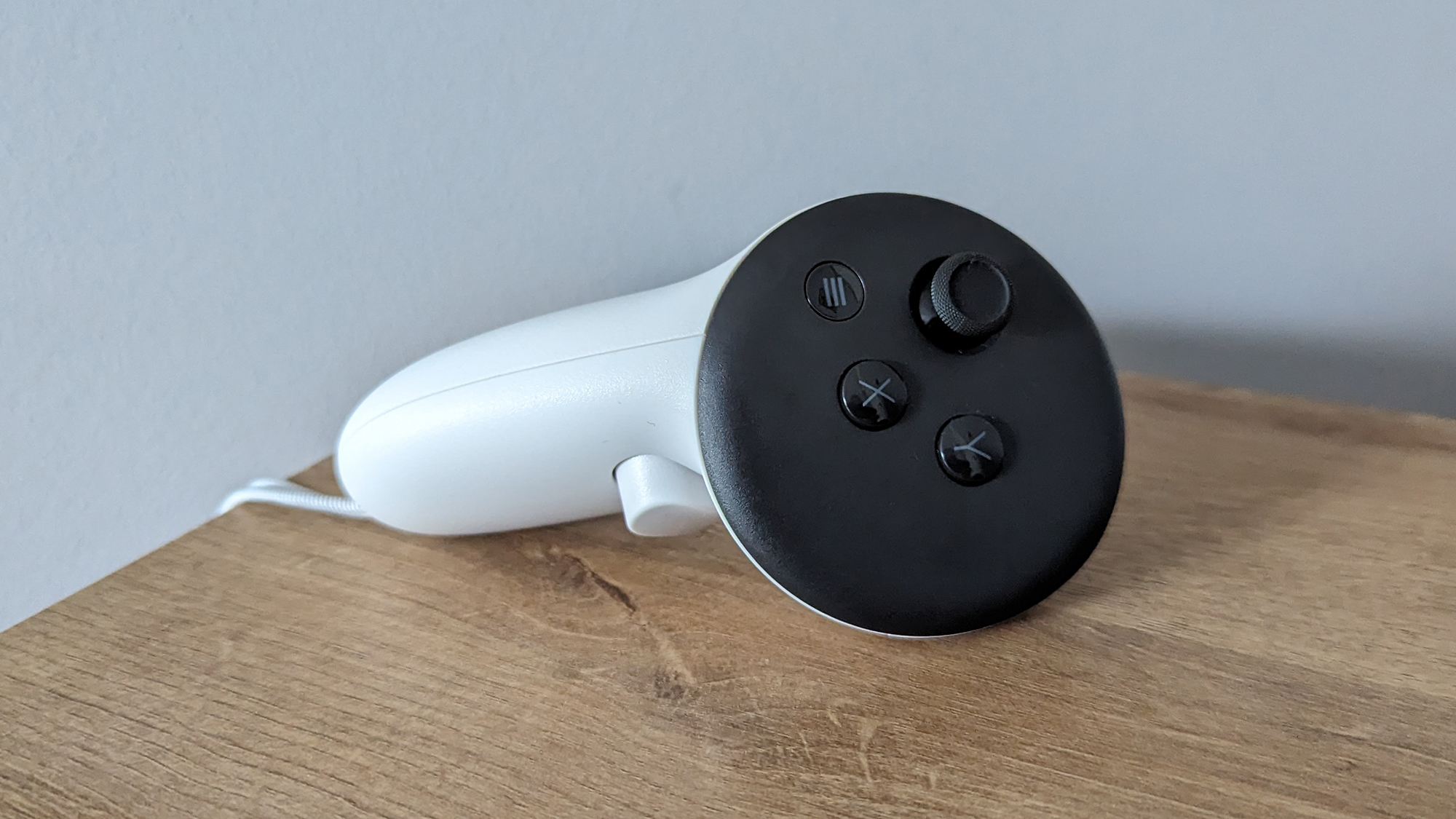
While not exuding the class and style of, say, the Apple Vision Pro, the Meta Quest 3 nevertheless feels like a solid bit of kit (it's also nowhere nearly as expensive, I must say, plus you can actually buy one right now – unlike the Apple device at the time of writing).
The Quest 3 tips the scales at 515 grams, and I didn't feel weighed down by it at all during wear – nor did the headset get particularly hot after an hour or two of use. You're still going to experience some discomfort as time goes on, but that's an inevitable part of having a box strapped over your eyes for an extended period of time. I didn't have any issues with the lenses fogging up either (but then I don't wear glasses on the norm).
Setup is handled reasonably neatly through the Meta Quest app for Android or iOS, which will handle the jobs of getting the headset configured and hooked up to Wi-Fi and so on. You can create a new Meta account from scratch, or you can connect your Facebook profile with a few taps, and from start to finish you shouldn't be spending more than about 20 minutes getting it all up and running.
There's a new passthrough feature which lets you see your surroundings (and enjoy mixed reality experiences) that really makes a difference when it comes to setting up the playing area: it not only scans your walls in seconds, it also identifies bits of furniture that might get in your way. Sony's PlayStation VR 2 does the same, in fairness.
Meta recommends a space of around 2 metres by 2 metres to play in, but you can get away with less – you can also play in a stationary position while standing up or sitting down, but that rather limits the experiences you can have.
Meta Quest 3 review: features & performance
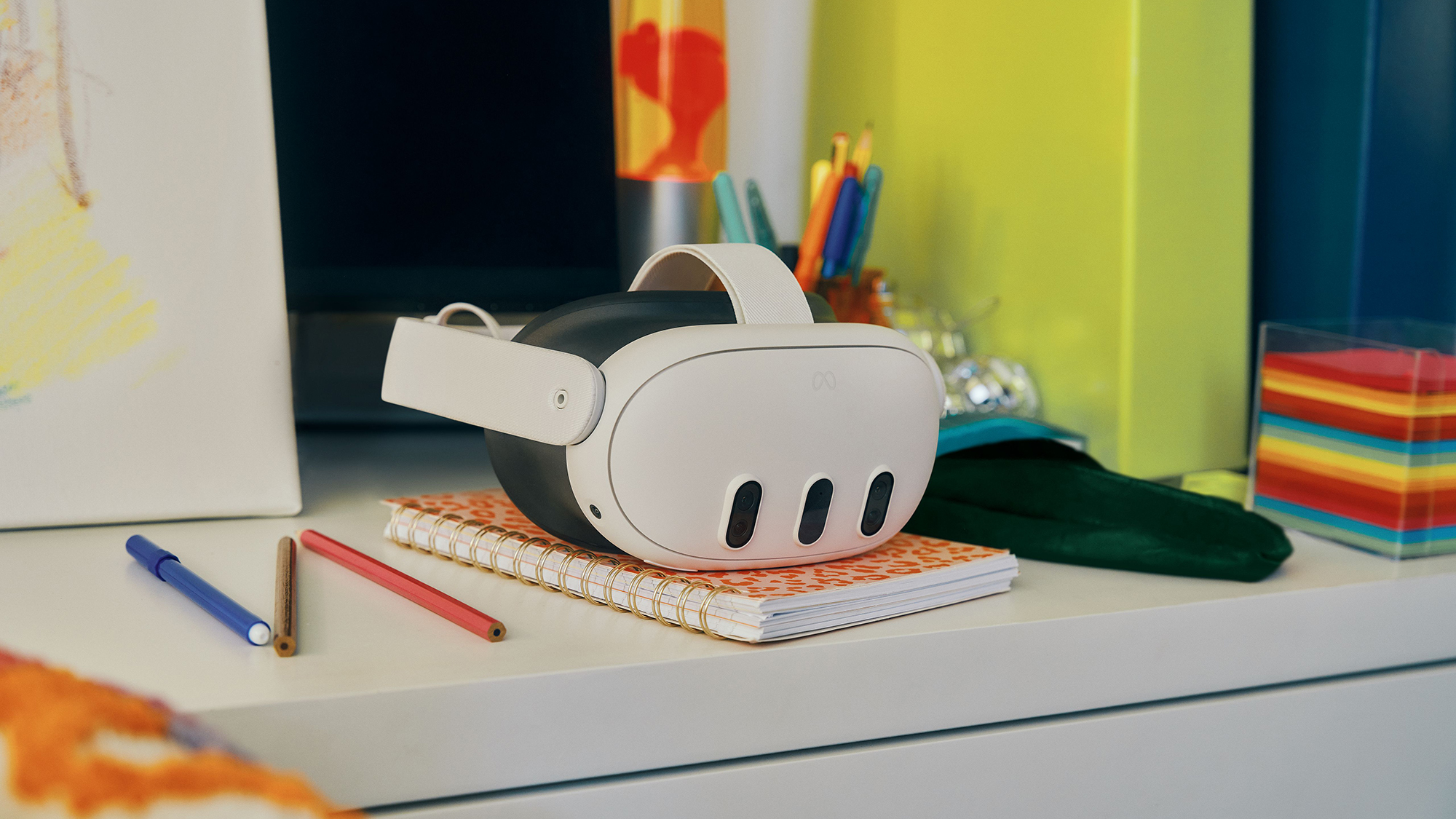
The Meta Quest 3 is powered by the Snapdragon XR2 Gen 2 processor, which Meta says offers twice as much the graphics power as the Quest 2. As for the two LCD lenses, the resolution is upped to 2065 x 2208 pixels per eye (from 1832 x 1920), which means a lot more detail for rendering games and apps for your retinas to marvel at.
Together, that all translates into an experience that's noticeably better in terms of visuals and speed from the Quest 2. Text, images and 3D shapes are all crisp and well rendered, and I didn't notice any sluggishness or lag while using device. If you're thinking about upgrading from the previous headset, I'd say it's worth it for these upgrades alone, but what really tips the balance is the addition of mixed reality.
The passthrough tech enabled by the onboard cameras means you can see your surroundings as well as what the Quest 3 is producing (and you can switch from one to the other with a double-tap on the side of the headset). It works pretty well, and is a really handy feature to have before you even start any mixed reality apps or games experiences – it also makes you feel safer while using the device.
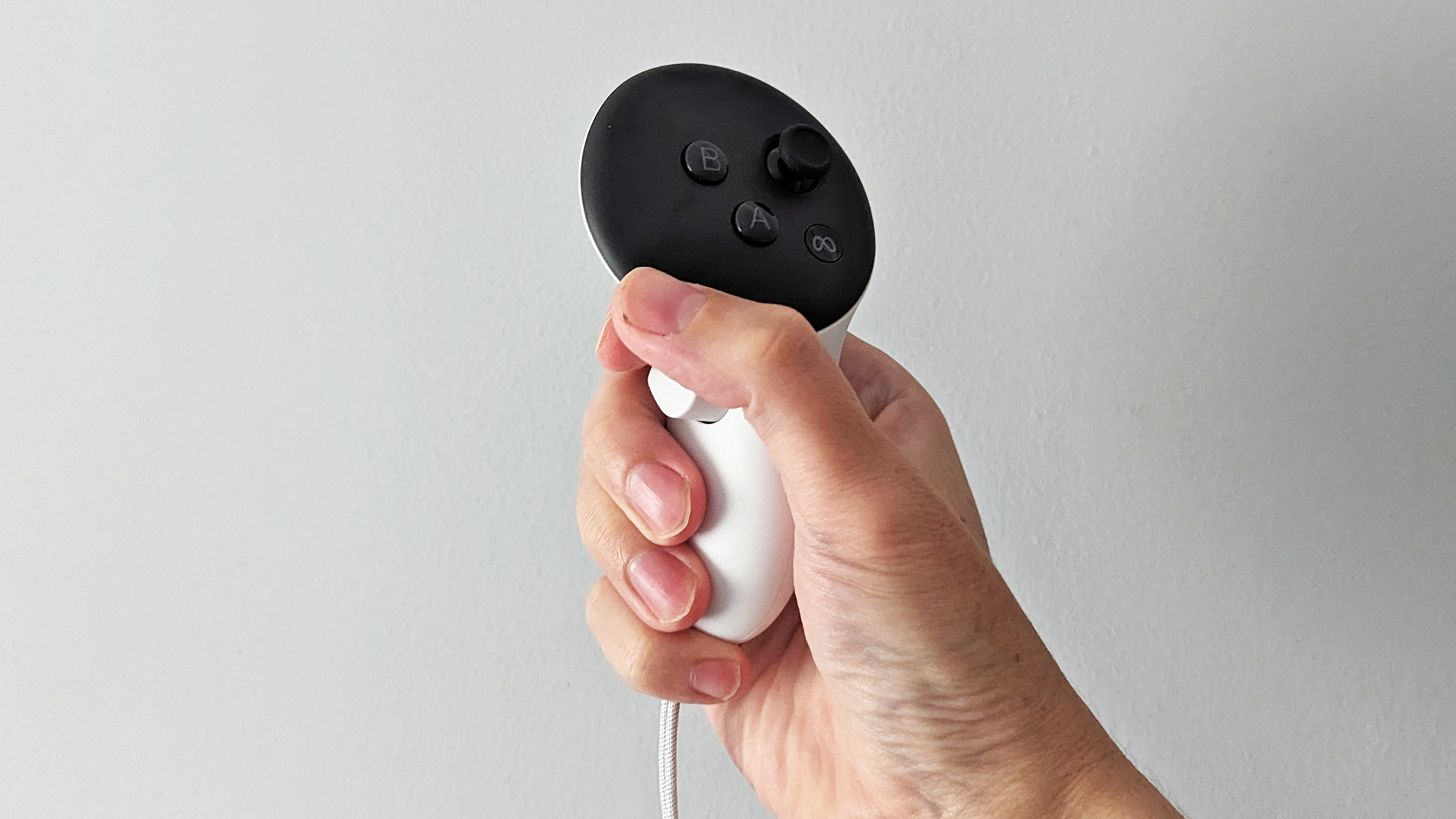
You'll find the video you get inside the headset is decent enough to avoid falling over chairs and to pick up a drink, but you're not going to be able to read a book or check your email – the quality isn't that good. It's as good as it needs to be really, and it saves you having to lift up the headset completely for those times when someone wants to talk to you or you need to make sure you're not about to walk into a wall.
There's also 8GB of RAM here rather than the 6GB you get with the Quest 2 headset. In terms of other key numbers, you have to choose between 128GB and 512GB of internal storage: some of the larger games take up 3-4GB of room, but many are significantly smaller, so you only really need to go for the bigger option if you're planning on installing lots of stuff and want it all accessible at the same time. More storage also equals more cost of course.
There are some features you don't get: the face tracking, eye tracking, and controller cameras that you get on the Meta Quest Pro, for example. But for most people and most experiences inside the headset, that doesn't really matter – and the Quest 3 costs considerably less than the Quest Pro, remember. For a standalone device not tethered to a PC, you get a very impressive level of performance.
Meta Quest 3 review: games & apps
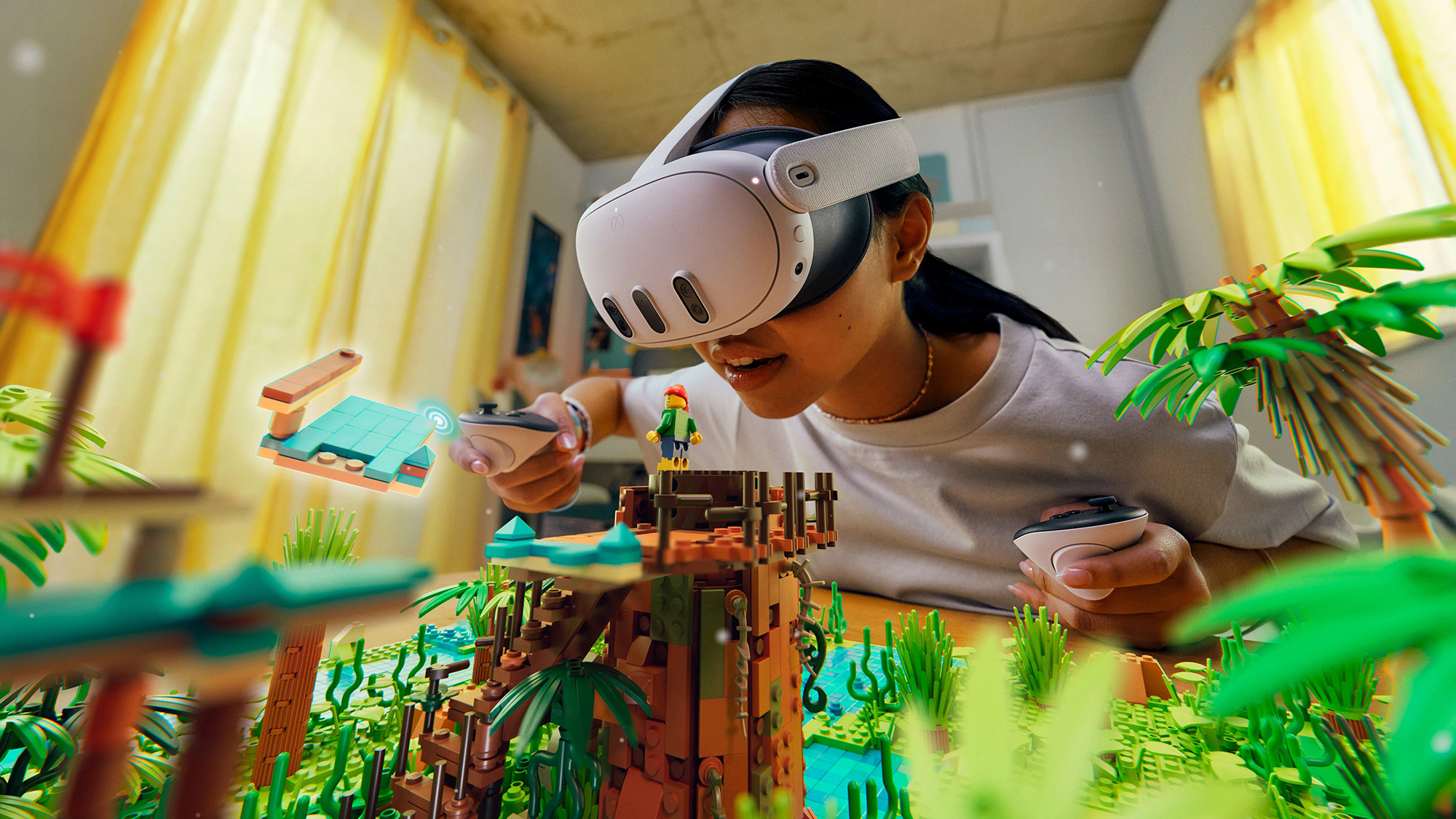
Lego Bricktales looks good... but isn't out yet.
There's certainly lots to try with the Meta Quest 3: you can of course run everything that could run on the Oculus Quest 2, which by Meta's count is now more than 500 titles. I've also been told that there are 100 "new and upgraded" apps and games coming this year, built to specifically take advantage of the mixed reality aspects of the Quest 3.
The problem is, a lot of those experiences aren't out yet, so I can't pass judgement. For example: I would've loved to have built a Lego castle on my living room floor, but Lego Bricktales doesn't arrive until December. Ghostbusters: Rise of the Ghost Lord looks good, but I can't tell you exactly how good, because it won't come out until the end of October. I was able to try Islanders, though, a well-established VR game that has been updated to support mixed reality, so you can construct little villages as they float in front of you.
There's also Meta's own First Encounters mixed reality game: little alien critters break into your room and you have to shoot them back into their space capsule. It's fun and really effective – and the way these creatures clamber through the walls and hide behind chairs really shows the potential of mixed reality on the Quest 3. It's a shame that there aren't more titles like this at launch I reckon. Though they should come eventually... assuming the audience is big enough.

Red Matter 2 shows off the enhanced graphics of the Quest 3.
Otherwise it's the same Quest 2 experiences, running more smoothly and with better graphical fidelity. Exploring worlds in 360 degrees, blasting away baddies, solving puzzles, even getting videos or your computer desktop up in front of you on a giant screen. Since the Oculus Quest 2, games and apps have gradually been getting more sophisticated and more mature, though progress is slower than it is on other platforms.
One of the other titles I tried was Red Matter 2, which really showcases the graphical processing improvements over the Quest 2: everything is sharper and more detailed, with effects like shadows (the way they move and flicker) much more realistic on the Quest 3. It's not unlike upgrading to a next-gen console, though remember that visual upgrades like this are going to have to be added in by the developers.
Titles such as this are really impressive in showing off the capabilities of the Meta Quest 3, but other titles haven't been updated in months or even years. This isn't really a reflection on the Meta Quest 3 hardware, which on the whole is hard to fault, but it is a consideration when you're thinking about buying a device like this: with hundreds of high-quality titles available, there's no doubt there's lots to explore, but I still feel that more stand-out, must-have games and apps are needed.
Honestly, I don't really enjoy frenetic or scary VR experiences – locked inside a headset, they just feel too intense for me. As a result I stuck largely to the slower-paced, more relaxing experiences available in the store (you can check all of these out online, whether or not you own a headset). For me, those titles are much more enjoyable, and are the ones that won't have you eager to pull off the headset after only 15-20 minutes.
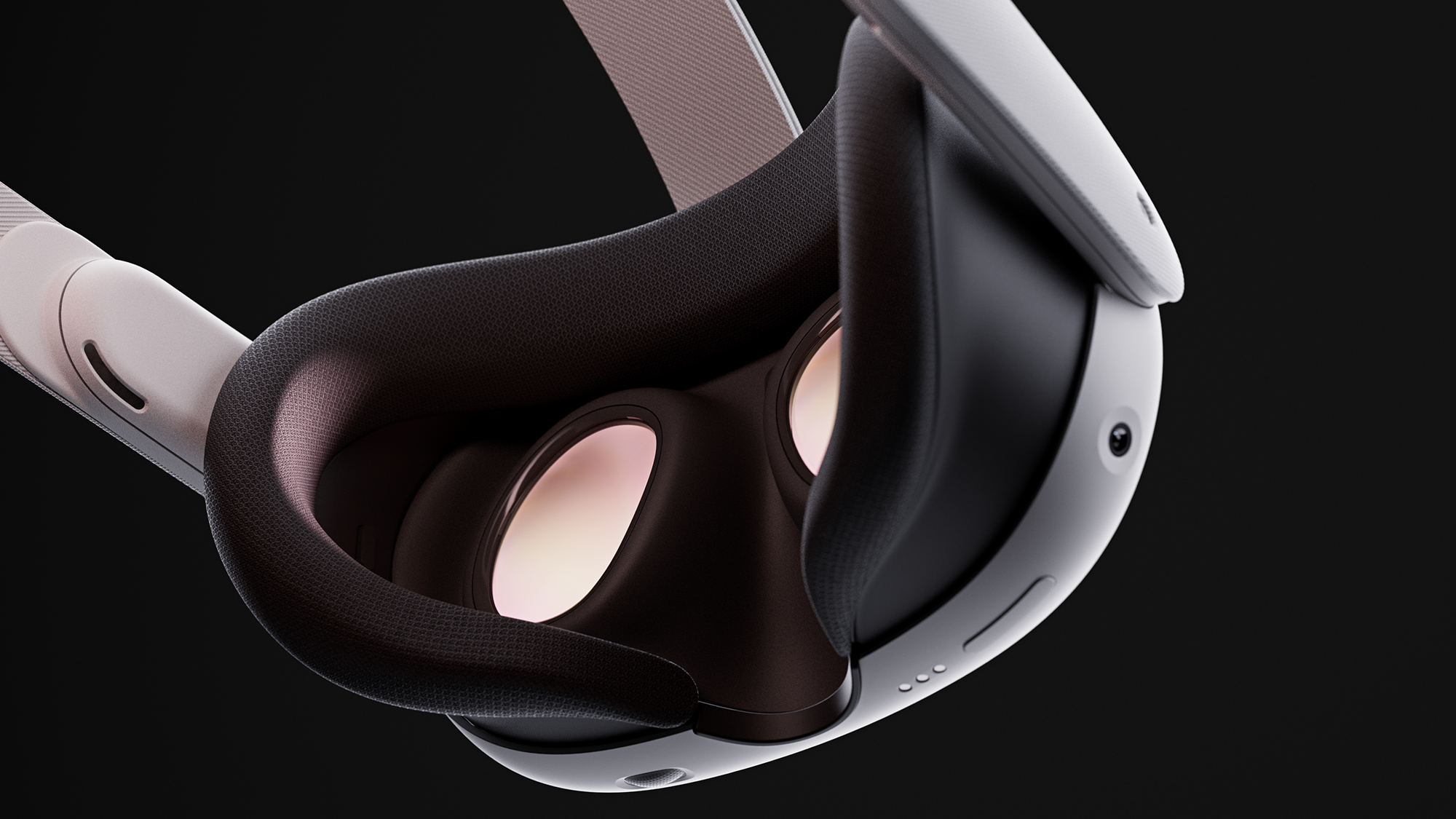
There are very occasional problems with the Quest 3. Sometimes a menu will pop up behind you, the hand tracking (without the controllers) remains pretty hit-and-miss, and sometimes apps and games don't do enough to tell you what you're supposed to be doing and how you're supposed to be doing it. It's not yet a 100% problem-free experience, while still offering just about the best value-for-money MR/VR experience yet.
Battery life isn't great either, and hasn't improved much over the Oculus Quest 2 either. You're looking at around two hours of use between charges, based on my testing, though of course it depends on the apps and games you're running, and how hard that Snapdragon XR2 Gen 2 processor is working. A full recharge takes around two hours: so it's two hours use, two hours at the plug.
It's also worth bearing in mind that the Meta Quest 3 doesn't really change the fact that VR just isn't for everyone: a lot of people, like your reviewer here (and T3's Tech Editor, Mike Lowe, who loved PSVR2's with Horizon: Call of the Mountain, but had to do it in limited play-sessions), get somewhat nauseous or feel a growing headache coming on after spending more than about 45 minutes in these artificially generated worlds. No matter how good the gameplay, VR (and even MR) is still something to dip into rather than spend hours with. For me, anyway.
Meta Quest 3 review: verdict
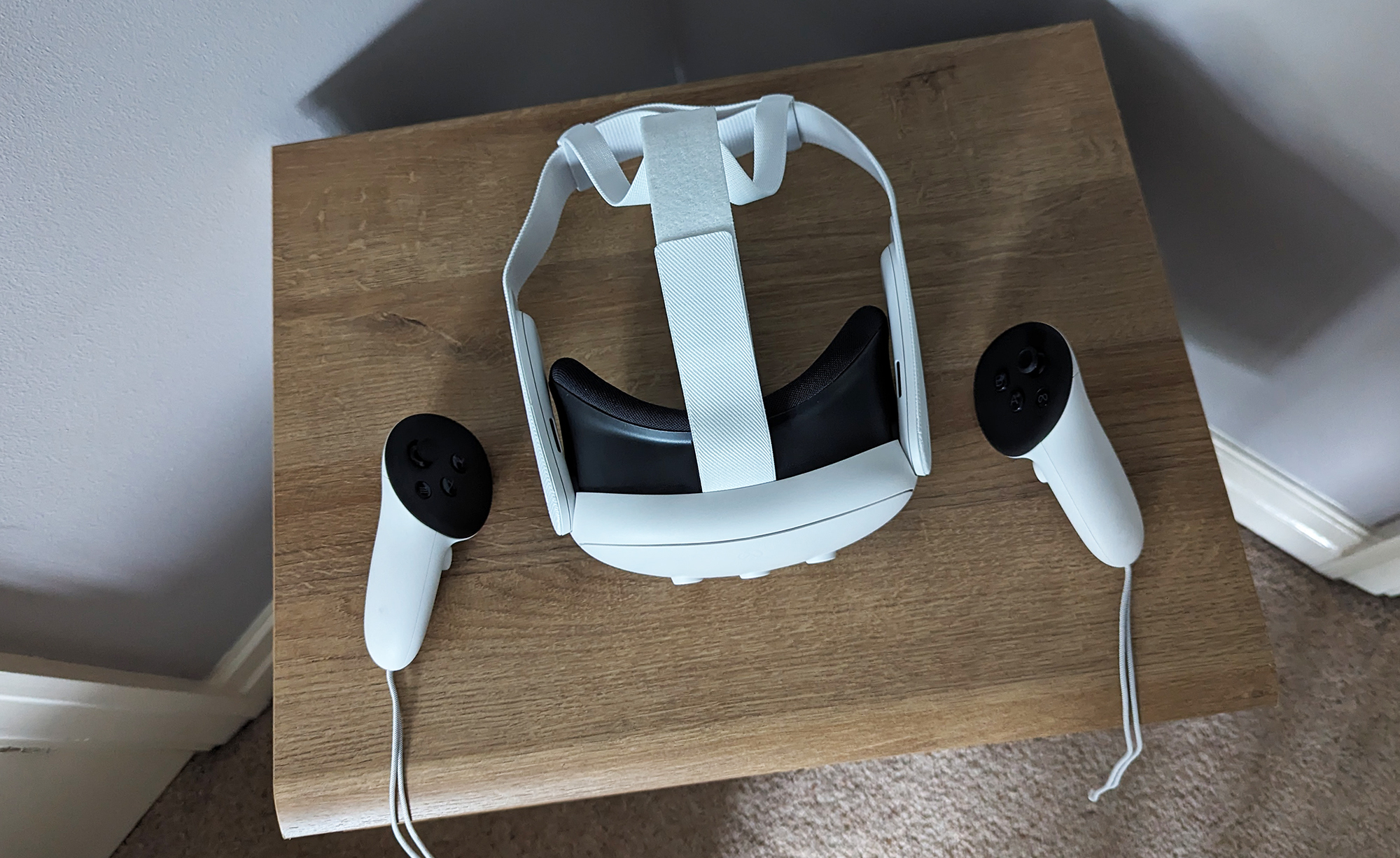
In short: I enjoyed my time with the Meta Quest 3 a lot. Everything is better than it was in its predecessor, with the addition of mixed reality a potential game-changers, so there's a lot of fun to be had here.
However, while the number of games and apps is still growing, and the quality of those games and apps is improving too, it's hard to judge precisely where that will land. A lot of the titles just aren't out yet for me to take stock.
The Quest 3 is significantly more expensive than the Quest 2 was, of course, but I think that price jump is more or less justified by what you get back in return. It's comfortable to wear, the controllers work well, and you can get going right out of the box in just a few minutes – there's no need to set up tracking boxes around your room or plug the Quest 3 into a computer.
Of course the question still remains about whether you need an MR/VR headset at all: it's going to be interesting to see how many new converts the Quest 3 wins over, people who have never owned a device like this but who will take the plunge because of what the Quest 3 offers. It's debatable whether or not the headset brings enough to the table to get new users flocking to these VR and MR experiences. But it's a strong argument for it, and could be the tipping point yet...
Also consider
While the Meta Quest 2 follows on from the Oculus Quest 2, there's also the Meta Quest Pro, which is yours for a cool $/£1,499.99. At that price it's aimed more at enterprise customers, though no one will stop you buying one if you're not a business. It has higher-level specs than the Quest 3, and looks even more stylish, and also has mixed reality capabilities. If you have the cash to afford it, it's worth considering for diehards.
As usual, you also need to think about the other hardware you already own. If you've got a Sony PlayStation 5 at home, then you may well find that the PSVR2 is a better buy for you than the Meta Quest 3 – the device offers an excellent tracking system, and some genuinely impressive titles like Horizon: Call of the Mountain. You'll need to spend £529.99 / $549.99 to be able to get it strapped to your head, which is about the same as the Meta, so could make sense (if you own the PS5 already anyway).
Sign up to the T3 newsletter for smarter living straight to your inbox
Get all the latest news, reviews, deals and buying guides on gorgeous tech, home and active products from the T3 experts
Dave has over 20 years' experience in the tech journalism industry, covering hardware and software across mobile, computing, smart home, home entertainment, wearables, gaming and the web – you can find his writing online, in print, and even in the occasional scientific paper, across major tech titles like T3, TechRadar, Gizmodo and Wired. Outside of work, he enjoys long walks in the countryside, skiing down mountains, watching football matches (as long as his team is winning) and keeping up with the latest movies.
-
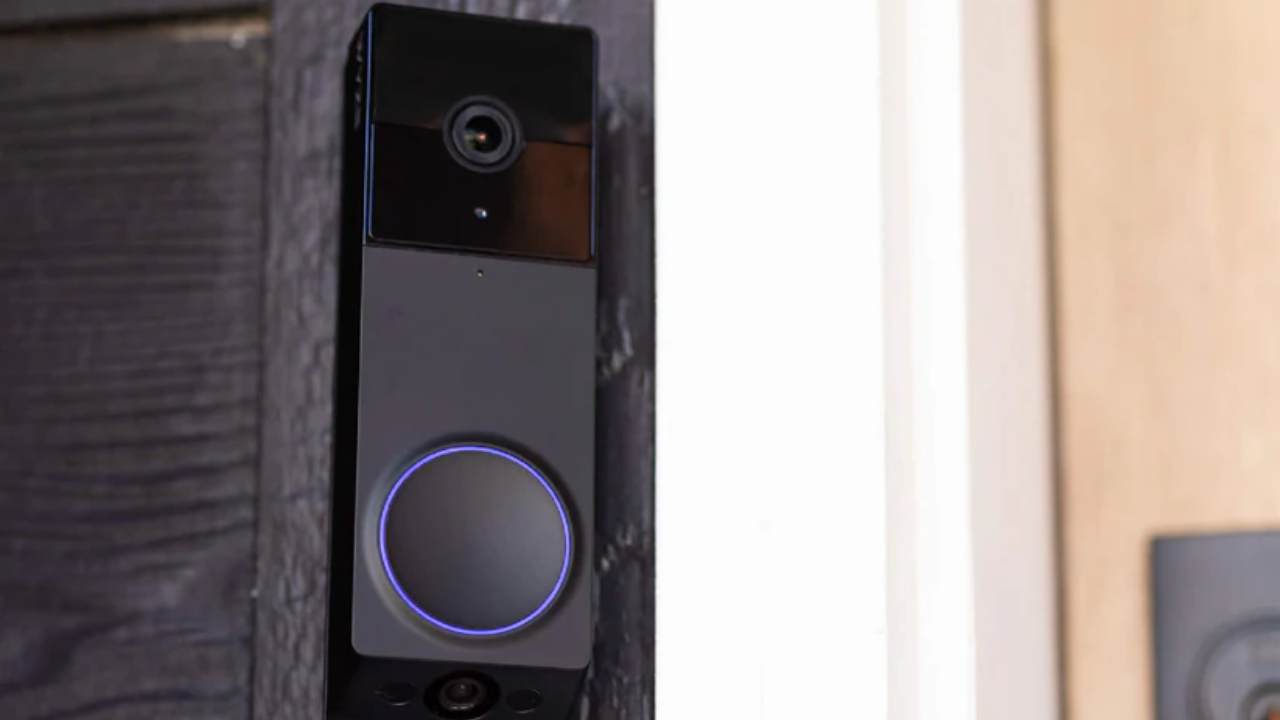 Watch out Ring – this Wyze video doorbell has two cameras for double the views
Watch out Ring – this Wyze video doorbell has two cameras for double the viewsWyze’s Duo Cam Doorbell has dual views and a seriously affordable price tag
By Bethan Girdler-Maslen Published
-
 This runaway Netflix number 1 hit show's reviews aren't everything
This runaway Netflix number 1 hit show's reviews aren't everythingIgnore that Rotten Tomatoes score
By Max Freeman-Mills Published
-
 HBO’s best show in recent memory returns this weekend
HBO’s best show in recent memory returns this weekendThe Last of Us season 2 is almost here
By Mike Lowe Published
